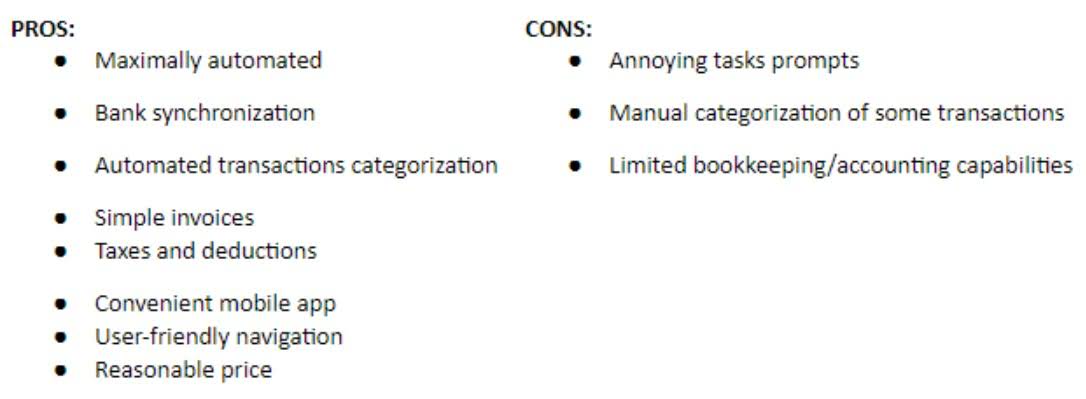
After all, customer success costs can be quite high in the https://www.bookstime.com/articles/quickbooks-self-employed first year, and SaaS startups can be operating with high net burn. One evaluation showed that developed SaaS companies had negative contribution margins in the first year but achieved a positive margin by the third year. On the other hand, gross profit is a traditional technique in this regard, it’s calculated by deducting all the costs (variable + fixed) from revenue. Like gross margin, contribution margin gives you another way of looking at profitability. This metric makes it easy to see how sales volume will impact profitability and how much your expenses will fluctuate with the increased sales. Software licenses and hosting costs are another direct cost of delivering a SaaS service.
- COGS is typically measured over a specific period, such as a month, quarter, or year, which will match the revenue period you use.
- So, the plus point of gross margin is that it reflects a better view of the earnings a company is making from the sales of its goods and services.
- It assesses how efficient an entity is while utilizing its resources (supplies and labor) for the production of goods or the provision of services.
- You can then put that revenue back into marketing and customer support costs for products with high contribution margins.
- We will not treat recipients as customers by virtue of their receiving this report.
- The contribution margin focuses on covering variable costs and is crucial for managerial decision-making and break-even analysis.
Can you measure gross margin per unit?
Gross Margin indicates the profitability of the company, whereas contribution indicates profit contributed by each of the products of the company. The pen’s contribution margin works out to $0.80 per unit whereas that of pencils works out to $1 per unit. Latin America is the region where companies are hiring the most internationally, according to a report by Deel. „This change is helping people find better opportunities, with rising salaries in many developing economies,“ the Deel report says. The report argues that companies are looking to hire personnel from outside high-cost countries, such as Argentina and India, due to the demand for talent and the shortage of candidates for certain vacancies. We’re a headhunter agency that connects US businesses with elite LATAM professionals who integrate seamlessly as remote team members — aligned to US time zones, cutting overhead by 70%.
How To Find the Gross Profit Percentage

Gross margin is determined by deducting contribution margin income statement the cost of goods sold from income or revenue and separating the outcome by income or revenue. The Contribution Margin is primarily used for internal management reporting. It helps in evaluating how changes in output levels would impact profitability. This margin calculates the profitability for individual items that a company makes and sells.

Gross Margin vs. Contribution Margin: Key Differences Explained

This template allows you to analyze the financial performance of your eCommerce business across multiple channels, making it easier to identify areas for improvement and make informed strategic decisions. However, it’s not just the tech giants that are turning to LatAm for talent. Small companies and startups are increasingly tapping into the region as well.
For example, you may choose to invest in marketing efforts for high-margin products or services in order to grow sales. On the other hand, you might choose to cut prices on low-margin products in order to increase market share. Contribution margins are percentages or ratios and reveal critical information, such as commission, pricing and the structure of sales. Both contribution margin and gross private margin allow companies to make data specific decisions to increase their profits.
What is Contribution Margin: Profitability Analysis
- Using this equation, you can create a Contribution Margin Income Statement, which reverses the order of subtracting fixed and variable costs to clearly list the contribution margin.
- The higher or greater the contribution margin, the more rapidly a business can create benefits as a more prominent measure of sale of every item goes towards the inclusion of fixed expenses or fixed costs.
- In short, contribution margin is typically more important than gross margin for businesses that are looking to boost their profits.
- As you can see, the formula is similar to the gross margin formula, with the difference being variable costs replacing COGS.
- In other words, gross margin represents the portion of each sale that is available to cover fixed costs, while contribution margin represents the portion of each sale that is available to cover both fixed and variable costs.
The variable costs per unit – including costs for materials, labor, and other expenses that change with the production volume – amount to $50. recording transactions Contribution margin is the excess revenue of a product remaining after paying variable costs related to producing it. It shows how much each product “contributes” to covering fixed costs and, once those are paid, profit. The calculation for profit margin is sales minus all expenses, divided by sales.
